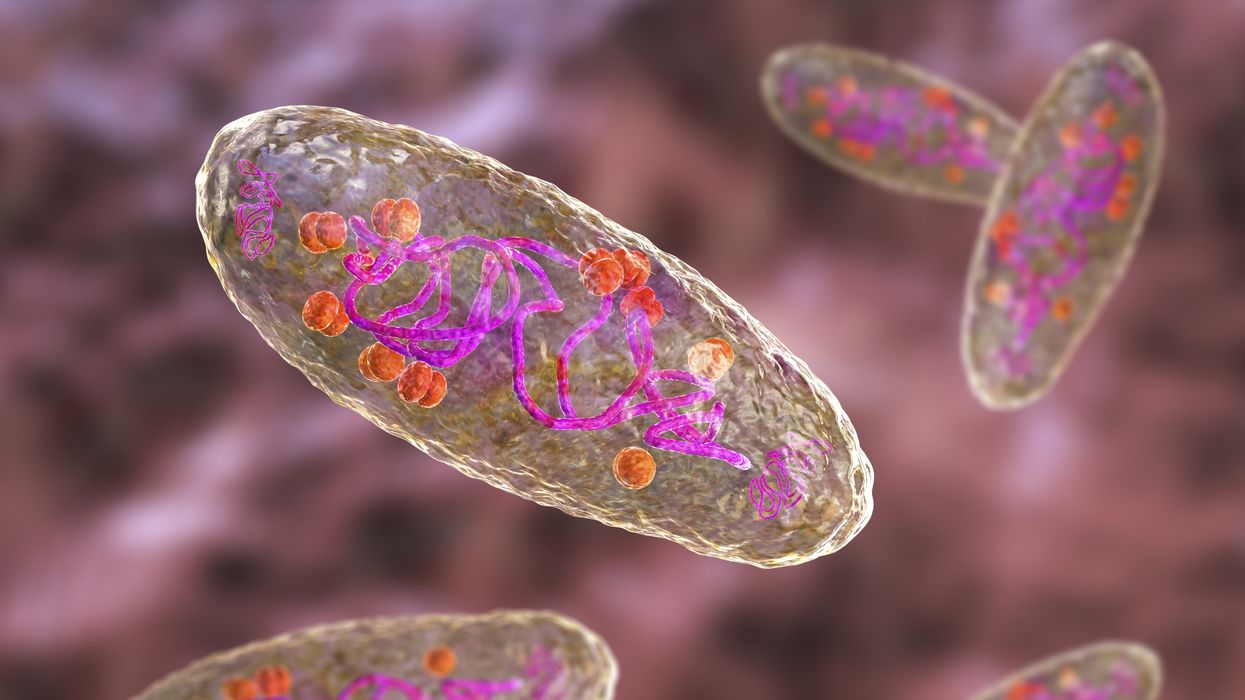First case of bubonic plague in almost a decade confirmed in Oregon, health officials say - symptoms to spot

Oregon confirms first case of bubonic plague since 2015
|Getty Images

The resident likely contracted the plague via their symptomatic pet cat, local health officials said on Wednesday
Don't Miss
Most Read
Latest
A resident of Oregon has been infected with the state’s first case of bubonic plague since 2015, health officials confirmed last week.
The resident likely contracted the infection from their symptomatic cat, Deschutes County Health Services said in a news release on Wednesday.
"All close contacts of the resident and their pet have been contacted and provided medication to prevent illness," Dr. Richard Fawcett, the Deschutes County health officer, said in the release without identifying the infected resident.
Health officials said the risk to the local community is low as they identified the case and treated it in the earlier stages of the disease. No additional cases of plague have emerged amid the ongoing investigation.

The resident likely contracted the infection from their pet cat
|Getty Images
How is the plague transmitted?
Humans typically contract the plague from the bites of fleas carrying Yersinia pestis - the bacterium that causes the disease.
Household pets can get also infected if they hunt rodents infected with plague or are similarly bitten by an infected flea.
Humans can also be infected through:
- Unprotected contact with infectious bodily fluids or contaminated materials
- The inhalation of respiratory droplets/small particles from a patient with pneumonic plague
The bubonic plague can progress into the more severe and difficult to treat septicemic plague (bloodstream infection) and/or pneumonic plague (lung infection) if not diagnosed early, so it's vital to recognise the warning signs as they appear.
How do I know if I have it?
According to health body the Mayo Clinic, bubonic plague causes swelling of lymph nodes.
These are small, bean-shaped filters in the body's immune system.
As the Mayo Clinic explains, a swollen lymph node is called a bubo. The word "bubonic" is describing this feature of the disease.
"If a person has bubonic plague, buboes appear in the armpits, groin or neck. Buboes are tender or painful," it adds.
"They vary in size from about less than half an inch (1 centimeter) to about four inches (10 centimeters)."
LATEST DEVELOPMENTS
- 'Significant!' New 'Atlantic' diet can lower high cholesterol levels, says new studyBritons can reverse their type 2 diabetes and see ‘life-changing’ results if they make diet tweak
- Fish lovers rejoice! Researchers say they have discovered best type of fish to lower high cholesterol

Bubonic plague can also cause fever and chills
|Getty Images
Other symptoms of bubonic plague may include:
- Sudden high fever and chills.
- Headache.
- Tiredness.
- Not feeling well in general.
- Weakness.
- Muscle aches.
- Rarely, skin sores
How is it treated?
Untreated pneumonic plague can be rapidly fatal, so early diagnosis and treatment is essential for survival and reduction of complications.
According to the World Health Organization (WHO), antibiotics and supportive therapy are effective against plague if patients are diagnosed in time.
"Pneumonic plague can be fatal within 18 to 24 hours of disease onset if left untreated, but common antibiotics for enterobacteria (gram negative rods) can effectively cure the disease if they are delivered early."







